Crypto Bonus of up to 25% when depositing funds by cryptocurrency. You can get from 5 up to 30,000 USD for trading.
Sharpe's ratio

Sharpe's ratio - evaluate the effectiveness of the strategy
As a rule, assessing forex strategies, most of the stock traders, analyze the performance by profitability, estimating them as a percentage.
The greater the percentage of yield, the higher it is, and hence the better strategy, right?
But in turn, the percentages are very vulnerable to the risk factor and depend, at least on it, so they are not able to demonstrate the full efficiency of the trading system.
But which indicator should I apply?
At Forex, there is a well-known, in the circles of analysts and a financier, parameter is the Sharpe ratio. This ratio was derived by Nobel laureate, scientist economist William Sharpe.
For the current time, the Sharpe ratio is one of the most well-known and most commonly used parameters of this risk-return ratio indicators.
Despite such significance, the ratio is calculated relatively easily and each trader can understand the principle of calculating a parameter, its main tasks.
The main function that is implemented with the help of the parameter helps us to know the amount of return in excess that can be obtained if a more risky instrument is retained.
This is quite logical, excessive risks, as a rule, should be covered by profitability, which corresponds to them in full.
That is, the higher the indicator (the coefficient value), the higher the profit for possible risk for the same amount.
where is the asset return, is the return on a benchmark asset, such as the risk-free rate of return or the return of an index such as the SP 500, is the expected value of the excess of the asset return over the benchmark return, is the standard deviation of the asset excess return
As for profitability, it can be calculated for any period, it is measured as a day, and a week, a month, and so on.
In the role of indicators on profitability, it is possible to select the average increase - the average increase by one trade operation, but the initial parameters for profitability should be distributed according to the normal law.
This is the main snag, with sharp jumps in the sample, in more than 3 standard deviations, the implementation of the evaluation can give us false results.
Speaking about risk-free income, we theoretically assume that our profit will be zero risks. That is a risk-free yield, which the investor can receive without risk (for a fixed period). Hypothetically, this is the minimum profit, the income expected by the investor from an investment of any kind.
If you make comparisons between such income and real profit, you can calculate the level of possible compensation if additional risks are imposed.
But in reality, such an investment with zero risk level does not exist in nature. Even the most secure investments imply potentially possible risks.
If we talk about the international currency market forex, it is always a risky investment, and therefore, risk-free returns are automatically equated to zero.
In the trading platform Metatrader (terminal MT4), the Sharpe ratio is calculated as the ratio between the arithmetic mean of the profitability of the operation and the standard deviation (the risk-free rate is zero). The Sharpe parameter helps to assess the effectiveness of investment if we consider the investment based on the variance of profits.
If we already have a calculation of excess return, then it must be divided into the standard deviation of the asset's yield, calculate the ratio of profitability to risk.
To date, all complex calculations and mathematical formulas, the system does itself: the trader simply needs to specify the data in the terminal for calculation, and then evaluate the calculations.
As for the units of calculation, then comparing the effectiveness of the two trading strategies (according to profitability and risk), we get the number:
For example, you can compare two tactics: one gives 5% profit (per operation), the standard deviation is 4%. The second gives us 2% on the transaction, but the deviation is at around 1%.
Indicators say this: the second tactic has a better risk-to-profit ratio, and the Sharpe ratio should be 1 or higher.
This indicates the effectiveness of the strategy in question: the higher the numbers, the less likely to receive losses, the more, the better for the investor.
Summing up, we can say that Sharpe's score demonstrates the real situation on the strategy, showing its profitability.
But sometimes he also makes mistakes, showing too high results.
Ideally, the ratio should be used for evaluation, comparing the two strategies with frequent inputs, but at the same time real targets at the output.

At Forex, there is a well-known, in the circles of analysts and a financier, parameter is the Sharpe ratio. This ratio was derived by Nobel laureate, scientist economist William Sharpe.
Latest Posts
-
Lessons as a Beginner
- Aug 09, 2023 -
Introduction
- Jul 15, 2023 -
AZAforex and Investfox form a partnership.
- Jun 27, 2023 -
Trading psychology
- Jun 15, 2023 -
7 important people
- Feb 25, 2023
























